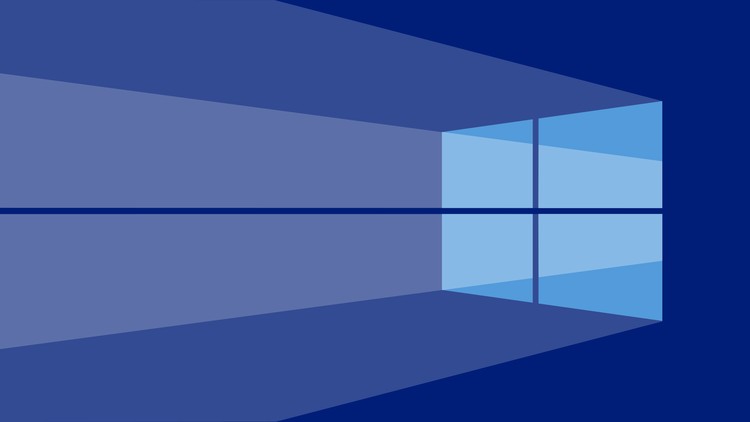
Learn Computer Basics with Windows Operating System
What you will learn
Computer Knowledge with MS-Word, Excel, and PowerPoint
Description
Chapter 1 – Introduction to Computer
This section covers the introduction to computer machine; components and parts; hardware and software and other peripherals of computer.
1.1 – Introduction
1.1.1 – Introduction to the Basics of Computer
1.1.2 – Birth of Computer
1.1.3 – Advantages & Disadvantages of Computer
1.1.4 – History of Computers
1.1.5 – Basic Applications of Computer
1.1.6 – Roll of Computers in Entertainment and Knowledge
1.1.7 – E-Governance
1.2 – Components of Computer System
1.2.1 – Central Processing Unit (CPU)
1.2.2 – Input and output devices of computer
1.2.3 – Computer Memory
1.2.4 – Memory units of Computer
1.2.5 – Number System
1.3 – Computer Peripherals
1.3.1 – Connecting keyboard, mouse, monitor and printer to the Central Processing Unit
1.3.2 – Use of Mouse and/or pointing device
1.3.3 – Working with buttons of Mouse (scroll, left and right buttons)
1.3.4 -SMPS (Switch Mode Power Supply)
1.4 – Hardware and Software
1.4.1 – Computer Hardware
1.4.2 – Types of computer hardware
1.4.3 – Computer Software
1.4.4 – Types of computer software
1.4.5 – Operating systems
Chapter 2 – Introduction to Windows
This section covers the introduction to operating system of computer machine. Microsoft Windows is the most popular operating system of computer in the world. Linux, Mac, Unix are also the operating systems. An operating system basically the user interface facility using which we communicates to the computer.
2.1 – Introduction
2.1.1 – Definition of Computer Operating System & Types of computer operating system
2.1.2 – Using the pointing device and friendliness with icons on computer screen
2.1.3 – Start menu, minimize, maximize, restore and closing of windows
2.1.4 – My Computer, – My Documents Demo
2.1.5 – Taskbar
2.1.6 – Status bar
2.1.7 – Function of Recycle Bin
2.1.8 – Creating, deleting and Renaming, of files and folders
2.2 – Windows Settings
2.2.1 – Control panel
2.2.2 – Wallpapers and screensavers
2.2.3 – Setting of date, time zone, timings and sound environment
2.2.4 – How to use Help section of Windows
2.2.5 – Display properties
2.3 – Advanced Windows
2.3.1 – Creating short cuts
2.3.2 – Window Accessories
2.3.3 – Notepad
2.3.4 – Wordpad
2.3.5 – Paint
2.4 – Multimedia
2.4.1 – Playing compact discs, Writing discs
2.4.2 – Use of Pen drives
2.4.3 – Using Media Player
2.4.4 – Voice Recorder
Content